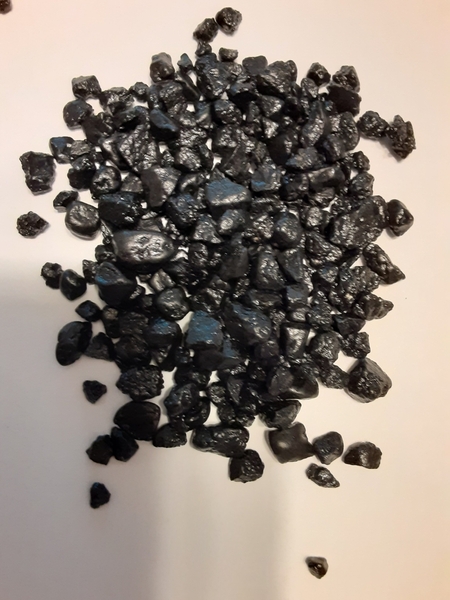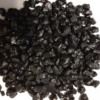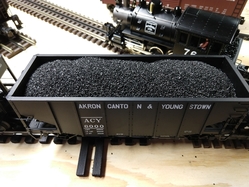I ran into an interesting problem recently. I'm working on a bottom unloader for my fishbelly hoppers. My latest attempt involved using magnets to keep the hopper doors shut. My coal load is the coal slag abrasive stuff from Tractor Supply. I love how it behaves and looks!
But apparently there is something magnetic in it. It's sticking to the magnets on me. This creates juuuuust enough of a gap in the bottom doors that more coal can get through and make a biblical mess on my test layout (I'm am so glad I build a test layout before diving into the full thing). Does coal/coal slag typical carry traces of iron/ferrous metals?
The search bar revealed many companies selling real coal loads but didn't make much mention of plastic loose coal (just mentioned the inserts that come with cars). Plastic coal is probably the solution in my case but I don't think the Lionel version looks great and I didn't see other options for plastic. I saw a guy use chip chopped rubber and that looked decent but there are two problems with that: I don't think the rubber will slide down plastic ramps well and I need a LOT of coal.
So if I seek out some of these real coal loads, can anybody guess if I am still going to run into the magnetic problem? I was hoping someone might have some coal from one of the companies that is still around and they could go put a magnet in their coal and see if anything sticks to it.
EDIT: Apparently you get the best results in the search bar if you post a topic and then return to searching ![]() aquarium rocks might be the ticket to get me by. Just found someone mentioning it. I'm a little concerned about weight but I suppose it gives me an excuse to double head some articulateds for bigger, badder coal drags.
aquarium rocks might be the ticket to get me by. Just found someone mentioning it. I'm a little concerned about weight but I suppose it gives me an excuse to double head some articulateds for bigger, badder coal drags.




















